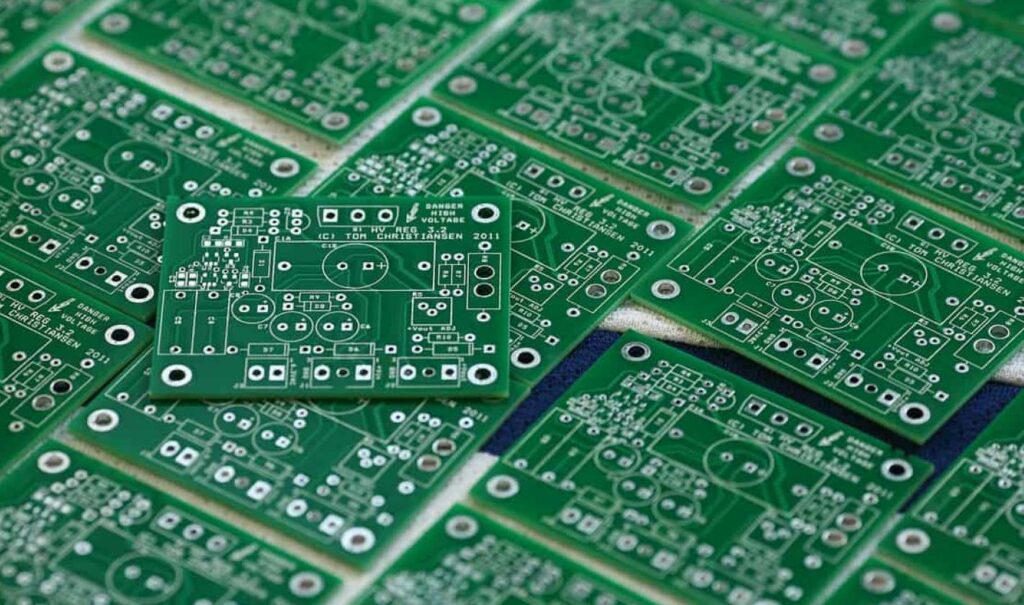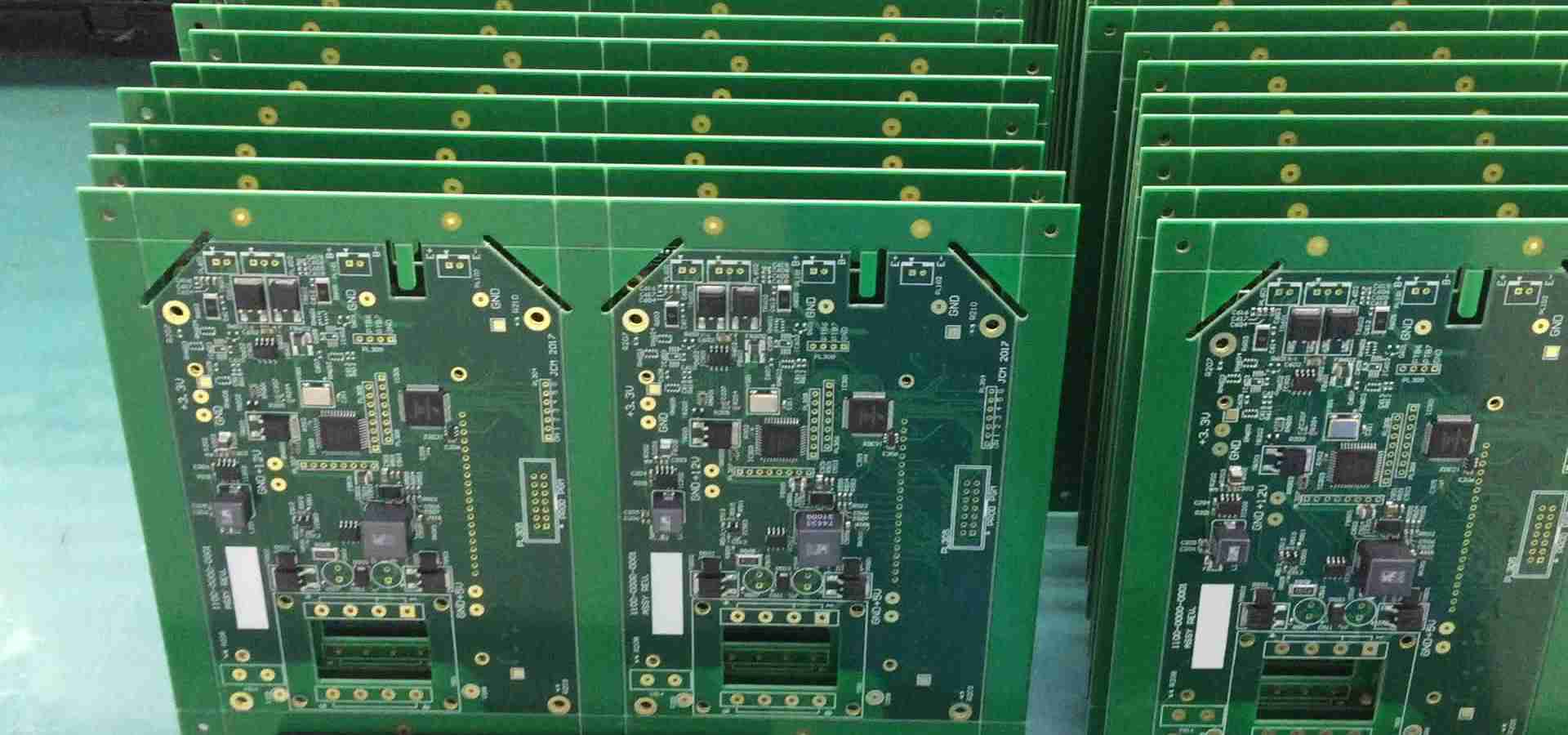Introduction
In the realm of 3D printing, file formats play a crucial role in ensuring compatibility and efficient data transfer between different software and hardware components. Two prominent file formats, STL (STereoLithography) and 3MF (3D Manufacturing Format), have emerged as industry standards, each with its unique strengths and applications. In this article, we will delve into the intricacies of 3MF, explore its advantages and disadvantages, and compare it with the widely-used STL format to determine if it is indeed a better option.
Understanding 3MF
What is 3MF?
3MF, or 3D Manufacturing Format, is an open-source file format developed by the 3D Manufacturing Consortium, a collaborative effort among leading companies in the 3D printing industry. Released in 2015, 3MF was designed to address the limitations of older file formats and provide a comprehensive solution for various stages of the 3D printing process, from design to production.
Key Features of 3MF
- Open-Source Standard: As an open-source format, 3MF allows for widespread adoption and integration across different software and hardware platforms.
- Comprehensive Data Storage: Unlike STL, which primarily stores geometric data, 3MF can encapsulate a wide range of information, including color data, material properties, and print settings.
- Compression and Encryption: 3MF supports compression and encryption, enabling efficient file transfer and secure data exchange.
- Extensibility: The format is designed to be extensible, allowing for future additions and enhancements without compromising compatibility.
- Compatibility: 3MF is compatible with a growing number of 3D printing software and hardware, ensuring seamless integration across various platforms.
Advantages of 3MF over STL

1. Richer Data Representation
One of the primary advantages of 3MF over STL is its ability to store and represent a broader range of data. While STL files are limited to geometric information, 3MF can include color data, material properties, print settings, and other metadata. This comprehensive data representation streamlines the 3D printing process by eliminating the need for separate files or manual configuration.
2. Improved Workflow Efficiency
By incorporating print settings and material properties directly into the file format, 3MF enhances workflow efficiency. This eliminates the need for manual configuration or separate configuration files, reducing the potential for errors and saving time.
3. Better File Management
3MF supports compression and encryption, which can significantly reduce file sizes and ensure secure data exchange. Compressed files take up less storage space and transfer faster, improving overall file management and transfer efficiency.
4. Extensibility and Future-Proofing
The extensible nature of 3MF allows for future additions and enhancements without compromising compatibility. As new technologies and requirements emerge, the format can be updated to accommodate them, ensuring its relevance and longevity.
5. Increased Compatibility
While STL has been the industry standard for decades, 3MF is gaining traction as an open-source alternative supported by a growing number of software and hardware vendors. This increased compatibility across various platforms facilitates seamless data exchange and collaboration within the 3D printing ecosystem.
Disadvantages of 3MF
Despite its advantages, 3MF also has some potential drawbacks:
- Adoption and Industry Support: While 3MF is gaining momentum, STL remains the most widely adopted and supported format, especially in legacy systems and older software/hardware.
- Compatibility Issues: Despite efforts to ensure compatibility, there may still be instances where 3MF files encounter compatibility issues with certain software or hardware, particularly older or proprietary systems.
- Learning Curve: Transitioning from the well-established STL format to 3MF may require a learning curve for users accustomed to the traditional workflow.
- Performance Considerations: Depending on the complexity of the 3D model and the amount of additional data stored in the 3MF file, there may be potential performance implications during file processing and rendering.
Comparison with STL Format
STL (STereoLithography) Format
STL, introduced in the late 1980s, has been the industry standard for representing 3D models in additive manufacturing processes. It is a simple file format that describes the surface geometry of a 3D object using a series of triangular facets.
Advantages of STL
- Widespread Adoption: STL has been widely adopted and supported by a vast majority of 3D printing software and hardware, ensuring compatibility across a wide range of platforms.
- Simplicity: The simplicity of STL files makes them easy to generate, process, and render, even on systems with limited computational resources.
- Legacy Support: Due to its long-standing position as the industry standard, STL enjoys extensive legacy support, ensuring compatibility with older systems and software.
Disadvantages of STL
- Limited Data Representation: STL files can only represent geometric information, lacking the ability to store additional data such as color, material properties, or print settings.
- File Size Limitations: As STL files store geometric data using triangular facets, complex models can result in large file sizes, impacting file transfer and processing efficiency.
- Lack of Compression and Encryption: STL files do not support built-in compression or encryption, which can be a concern for secure data transfer and storage.
- Limited Extensibility: The STL format has limited extensibility, making it challenging to accommodate new features or requirements without compromising compatibility.
When to Use 3MF or STL
The choice between 3MF and STL largely depends on your specific requirements and the capabilities of the software and hardware involved in your 3D printing workflow.
Use 3MF when:
- You require comprehensive data representation, including color, material properties, and print settings.
- File size and transfer efficiency are critical factors.
- You need to ensure secure data exchange through encryption.
- You are working with modern software and hardware that support 3MF.
- Future-proofing and extensibility are important considerations.
Use STL when:
- Compatibility with legacy systems and older software/hardware is a priority.
- You are working with simple geometric models without the need for additional data.
- Computational resources are limited, and processing simplicity is paramount.
- The project or workflow does not require advanced features or extensibility.
It’s important to note that both formats have their strengths and weaknesses, and the choice ultimately depends on the specific requirements of your project and the capabilities of the tools and software you’re using.
FAQs (Frequently Asked Questions)
1. Can 3MF files be opened in software or hardware that only supports STL format?
No, 3MF files cannot be directly opened or processed by software or hardware that only supports the STL format. However, many modern 3D printing applications offer the ability to export or convert 3MF files to STL format for compatibility purposes.
2. Is 3MF a proprietary format?
No, 3MF is an open-source file format developed by the 3D Manufacturing Consortium, which includes various industry leaders in 3D printing and additive manufacturing.
3. Can STL files store color information or material properties?
No, STL files are solely designed to store geometric data and do not support the inclusion of color information, material properties, or other metadata.
4. Are 3MF files larger in size compared to STL files?
The file size of a 3MF file can vary depending on the complexity of the 3D model and the amount of additional data stored, such as color information and material properties. In some cases, 3MF files may be larger than their STL counterparts, but the compression feature of 3MF can help mitigate this issue.
5. Is it possible to convert an STL file to 3MF format?
Yes, many modern 3D printing software applications offer the ability to convert STL files to 3MF format. However, since STL files only contain geometric data, the converted 3MF file will not include additional information like color, material properties, or print settings unless manually added.
Conclusion
In the ever-evolving landscape of 3D printing, the 3MF file format offers a comprehensive and extensible solution for representing and transferring 3D model data. With its ability to encapsulate a wide range of information, including color, material properties, and print settings, 3MF streamlines the 3D printing workflow and enhances efficiency.
While the well-established STL format remains widely adopted and supported, particularly in legacy systems, 3MF presents a compelling alternative for modern software and hardware that can leverage its advanced features. As the industry continues to embrace open standards and innovation, 3MF is poised to gain wider acceptance and potentially surpass STL as the preferred format for 3D printing and additive manufacturing.
Ultimately, the choice between 3MF and STL will depend on the specific requirements of your project, the capabilities of your software and hardware, and the need for advanced features or compatibility with legacy systems. By understanding the strengths and limitations of each format, you can make an informed decision that aligns with your 3D printing goals and ensures a seamless and efficient workflow.





